Summary
Key points:
- 1. The SeaGuardian can establish an extensive surveillance network by deploying numerous sonobuoys, enhancing situational awareness in maritime environments.
- 2. India is finalizing a deal to acquire 31 MQ-9B drones, with 15 SeaGuardians for the Indian Navy to counter China's growing submarine presence in the Indian Ocean.
- 3. The drone offers over 30 hours of continuous operation, compared to the P-8I Poseidon's 10-12 hours, and costs significantly less per hour to operate.
- 4. In addition to anti-submarine warfare, the SeaGuardian is capable of anti-surface warfare and electronic warfare operations.
- 5. The drone can integrate with normal air traffic, operate in challenging weather conditions, and support various payloads for mission-specific needs.
MQ-9B SeaGuardian: Anti-Submarine Drone for Indian Ocean
American defence giant General Atomics shared a video on X highlighting the MQ-9B SeaGuardian’s cutting-edge anti-submarine capability
American defence giant General Atomics shared a video on X highlighting the MQ-9B SeaGuardian as the only platform capable of carrying, releasing, and monitoring sonobuoys to detect enemy submarines. The footage underscores how the drone deploys a network of sonobuoys to detect and track enemy submarines, marking a significant advancement in maritime surveillance and anti-submarine warfare.
The SeaGuardian: Advancing Anti-Submarine Surveillance
Sonobuoys are indispensable tools in maritime surveillance. They play a pivotal role in detecting and tracking submarines with unparalleled precision and efficiency. When deployed in a network, these sonar-equipped devices create a comprehensive acoustic monitoring system, leveraging hydrophones to capture the distinctive sounds emitted by submerged vessels.
The MQ-9B SeaGuardian drone, equipped with advanced sensor technology, boasts the capability to deploy a substantial number of sonobuoys, effectively establishing an extensive surveillance network across vast maritime territories. The drone can detect and track submarine activity through strategic deployment in real-time, providing invaluable intelligence to naval forces and maritime security agencies.
This network of sonobuoys serves as a force multiplier, augmenting the capabilities of traditional surveillance methods and enhancing situational awareness in challenging maritime environments. With its capacity to deploy a significant number of sonobuoys, the MQ-9B SeaGuardian ensures enhanced coverage and detection capabilities across expansive maritime domains, solidifying its position as a cutting-edge anti-submarine platform.
The Indian Navy’s Pursuit of 15 SeaGuardian Drones
India is on the verge of finalising another multi-billion-dollar deal with the United States, acquiring 31 MQ-9B drones for the Indian Armed Forces. The Navy is set to receive 15 SeaGuardian drones, which will complement the existing fleet of 12 P-8I Maritime Patrol Aircraft.
General Atomics has underscored the SeaGuardian drone’s ability to provide roughly 80 per cent of the capabilities of a large human-flown maritime patrol aircraft at only 14 per cent of its hourly operational costs, making it significantly more economical. The firm states that the drone costs $5,000 per hour, whereas maritime patrol aircraft cost about $35,000 per hour.
Furthermore, the MQ-9B SeaGuardian offers over 30 hours of continuous operation, surpassing the P-8I Poseidon’s 10-12 hours on station. This extended endurance enables persistent surveillance, enhancing submarine detection capabilities. With uninterrupted monitoring, the SeaGuardian significantly improves the probability of detecting and tracking submarines that might otherwise evade shorter-duration patrols, making it highly effective for maritime security.
Countering Chinese Submarine Fleet in Indian Ocean Region
China’s growing subsurface presence in the Indian Ocean poses a strategic challenge to India. With a significant number of submarines, China enhances its power projection in the region. The deployment of MQ-9B SeaGuardians would provide India with enhanced situational awareness and a proactive defence mechanism to counteract these threats. The drones’ capability to operate independently and in conjunction with manned platforms ensures continuous monitoring and a quick response to submarine incursions.
Unlocking the Full Potential: The Versatile MQ-9B SeaGuardian
In addition to its unparalleled anti-submarine warfare capabilities, the MQ-9B SeaGuardian boasts a diverse array of combat functionalities. Equipped with long-range radar systems and advanced sensors, the SeaGuardian can detect and track submarines and ships with exceptional precision across vast maritime expanses. Beyond its surveillance capabilities, the drone is armed with precision weapons, enabling it to neutralise threats with surgical precision.
Additionally, the SeaGuardian’s electronic warfare suite provides it with the ability to disrupt enemy communications and defences, further enhancing its effectiveness in combat operations. With its ability to conduct anti-submarine warfare, potential anti-surface warfare, and electronic warfare operations, the MQ-9B SeaGuardian represents a versatile and formidable asset in modern naval warfare.
Vinay Sadham
MQ-9B SeaGuardian®: Redefining Maritime Domain Operations
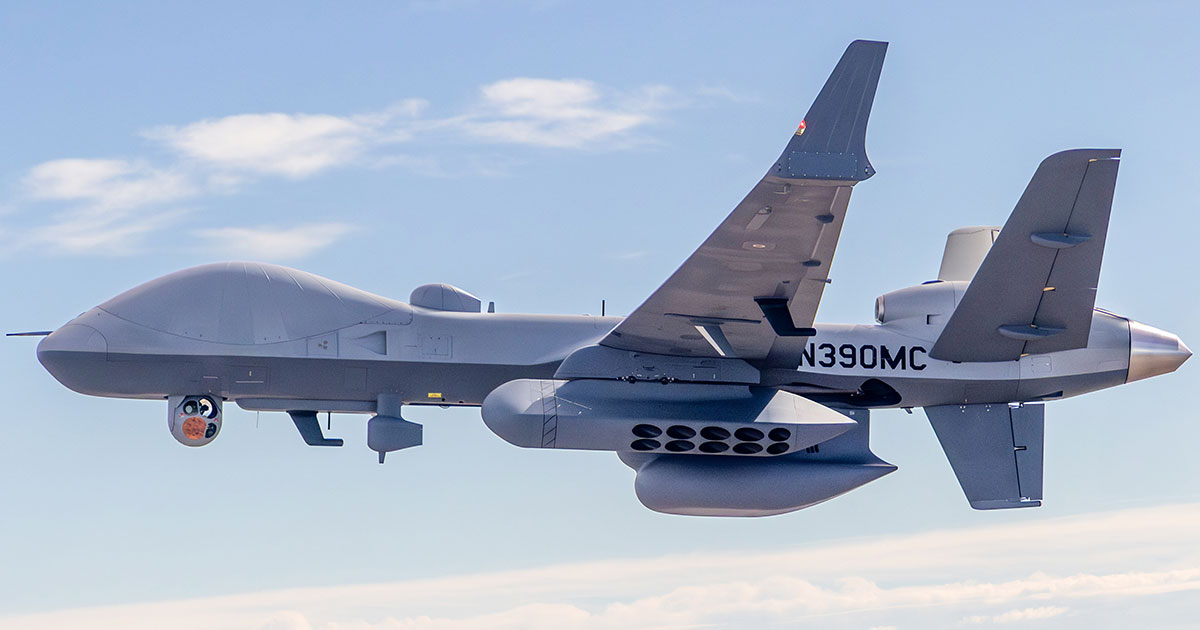
The MQ-9B SeaGuardian® unmanned aircraft system (UAS) is tailor-made to support the U.S. Navy, Marine Corps, and their allies and partners around the world against peer or near-peer forces. As the most capable long-endurance aircraft of its kind, SeaGuardian is revolutionizing what’s possible for anti-surface, anti-submarine, and electronic warfare operations in support of carrier strike groups, surface action groups, amphibious ready groups, and international forces.
SeaGuardian springs from the world’s most proven family of remotely piloted aircraft — the more than 1,000 Predator-series multi-mission aircraft that have logged over 8 million operational hours, most of which were in combat. While it stands on the foundation of all those predecessors and years of experience, the MQ-9B SeaGuardian is a wholly new aircraft that represents the next generation of UAS.
SeaGuardian is larger, can fly longer, cover greater distances, carry more payloads, and has better capabilities than anything else in its class. On its own, it’s the world’s most sophisticated medium-altitude, long-endurance unmanned aircraft. When meshed with Navy-Marine Corps commands and their allies, it serves as a force multiplier of uncommon value.
Airspace Integration
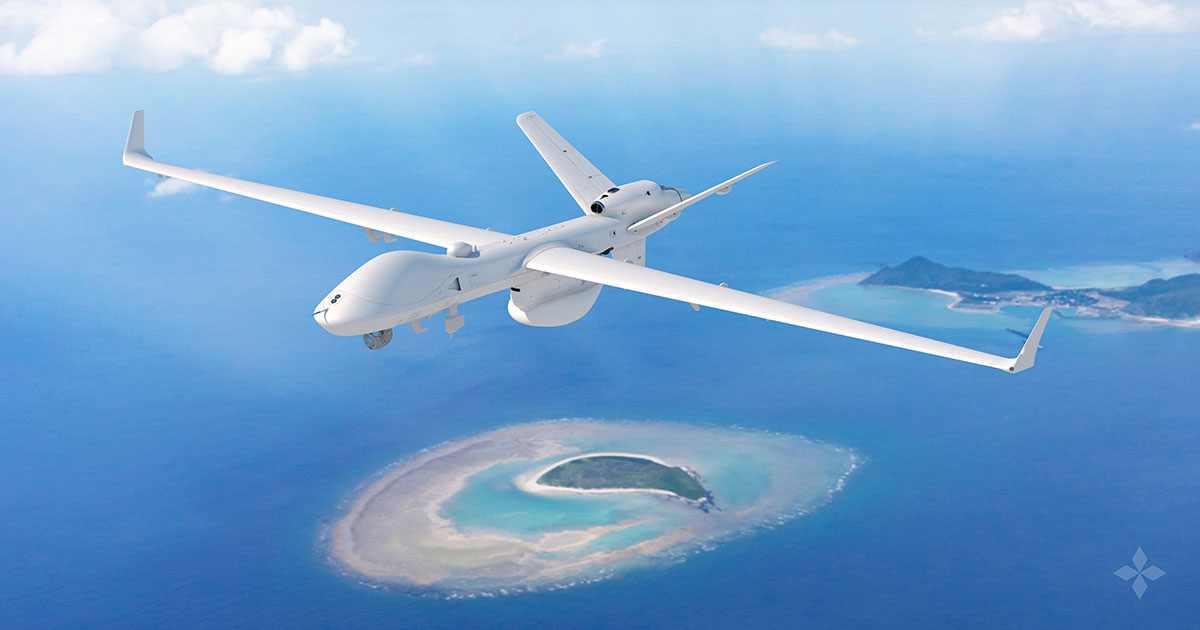
SeaGuardian is distinguished from its predecessors by being the first unmanned aircraft in its class to integrate with normal air traffic, enabling airborne surveillance anywhere in the maritime domain. SeaGuardian’s Detect and Avoid System means that the aircraft not only meets rigorous NATO and military type certification standards, but that it is also certifiable by civil aviation authorities. These authorities do not need to set aside special corridors of airspace or require an escort aircraft for SeaGuardian to take off and transit between segregated and non-segregated airspace like earlier-model aircraft once did. Operators can treat the SeaGuardian the same way they do a standard human-crewed aircraft and just file a flight plan and fly. Learn more about how GA-ASI is driving airspace integration here.
All-Weather Performance
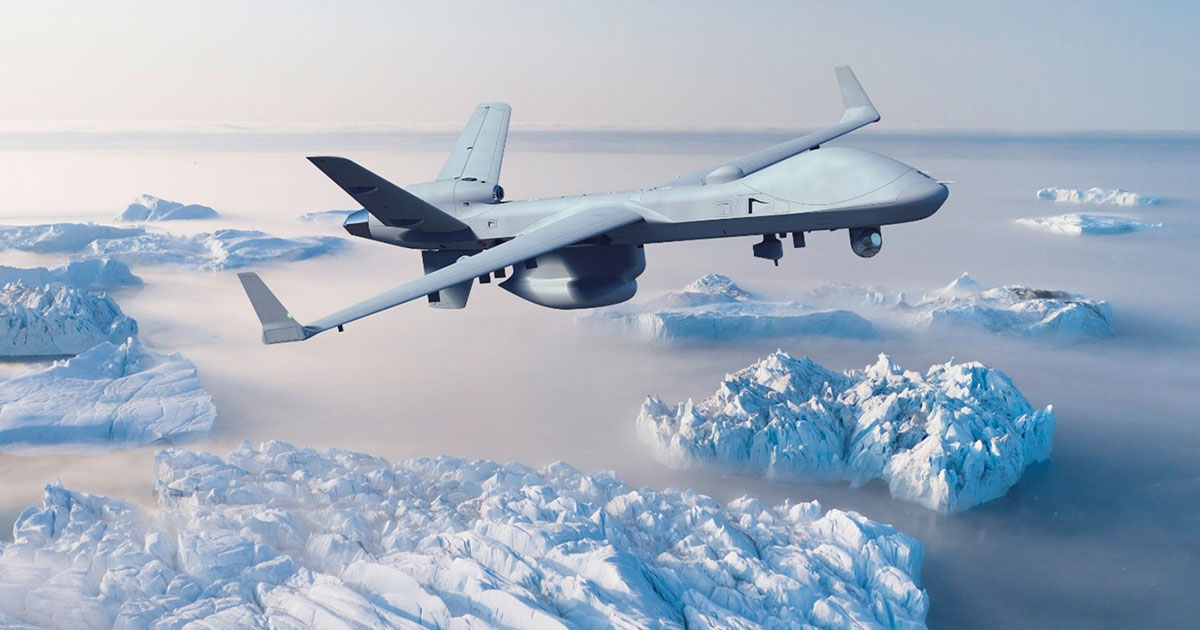
When it comes to challenging weather at sea, SeaGuardian is designed to withstand some of the world’s harshest conditions. It has an upgraded fatigue- and damage-tolerant airframe with a service life of 40,000 hours. SeaGuardian is also provisioned with state-of-the-art lightning protection and a de-ice/anti-ice system. In January and February 2023, GA-ASI proved MQ-9B’s cold weather capabilities in Grand Forks, North Dakota. Learn more about MQ-9B’s cold weather capabilities here.
Mission Payload Versatility
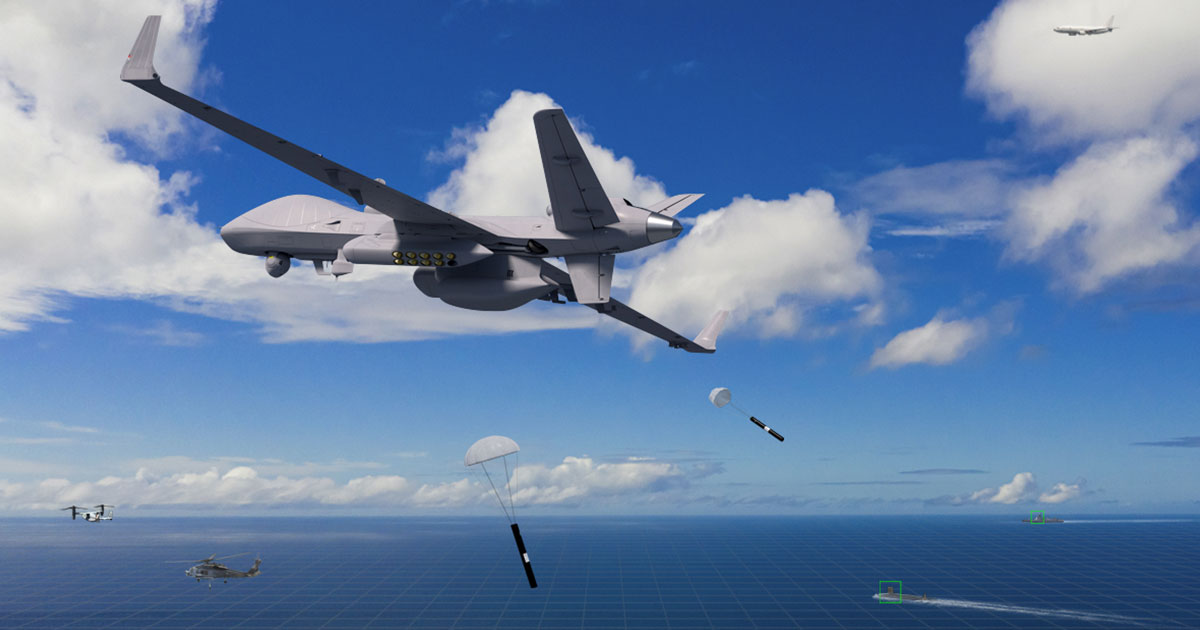
SeaGuardian can support naval missions with its onboard suite of sensing and intelligence capabilities, enabling forces to see everything in the visual and infrared spectrum, including – with its onboard multi-mode radar – through clouds, fog, mist, or smoke, and hear across the radio frequency spectrum. It can also take on board any number of special payloads to support mission needs. A 360-degree surface search radar, for example, provides wide and detailed surface domain awareness. Communications payloads let the aircraft serve as a major networking node. And MQ-9B SeaGuardian is the only platform of its kind that can carry, release, and monitor sonobuoys — indeed, the platform has revolutionized unmanned anti-submarine warfare.
SeaGuardian has been sponsored by the U.S. Navy for some of its most complex and challenging integrated exercises – including a major anti-submarine warfare exercise in May 2023 in which the aircraft, flown by its crew from a ground control station and operated via satellite, joined with U.S. Navy helicopter squadrons to search for submarines in a range off the coast of Southern California. Helicopter crews flew out from San Diego, dropped their sonobuoys, and then SeaGuardian took over monitoring them. Shortly thereafter, its sensors detected a simulated submarine. This meant other helicopters could deploy to the scene armed with precise data about the target’s location and course and then attack. Learn more about SeaGuardian’s growing track record in the maritime domain.
Detect & Deter
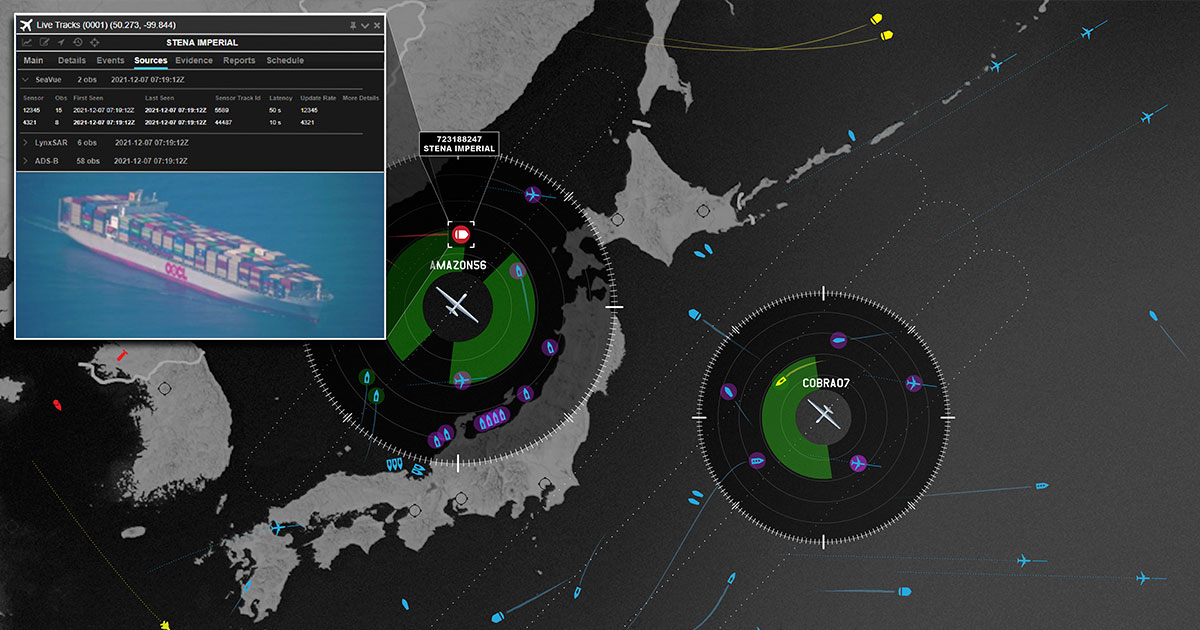
SeaGuardian can help extend the eyes and ears of a strike group, verifying that choke points or other critical passages ahead of the main force are clear of hostile units. The aircraft can extend the sensing and reach of a large human-crewed maritime patrol aircraft, giving commanders tremendous flexibility in how they posture their air units. And by leveraging GA-ASI’s Optix+ geospatial intelligence software, units can task SeaGuardian and collate its sensor data with real-time commercial traffic information to rapidly detect non-compliant vessels at sea.
In demonstrations and exercises over the past 3+ years, SeaGuardian has repeatedly proven how well it can integrate with U.S. Navy and international forces. With a maximum endurance of roughly 30 hours in some configurations, the aircraft can supply a strike group or other command with intelligence of a richness and quantity that nothing else can, including overhead assets. MQ-9B can detect and identify a vessel of interest and then preserve custody of that target for hours. With other aircraft working in teams, navies or coast guard officials can watch a key waterway or a target of interest for as long as they want.
Cost-Effective Solution
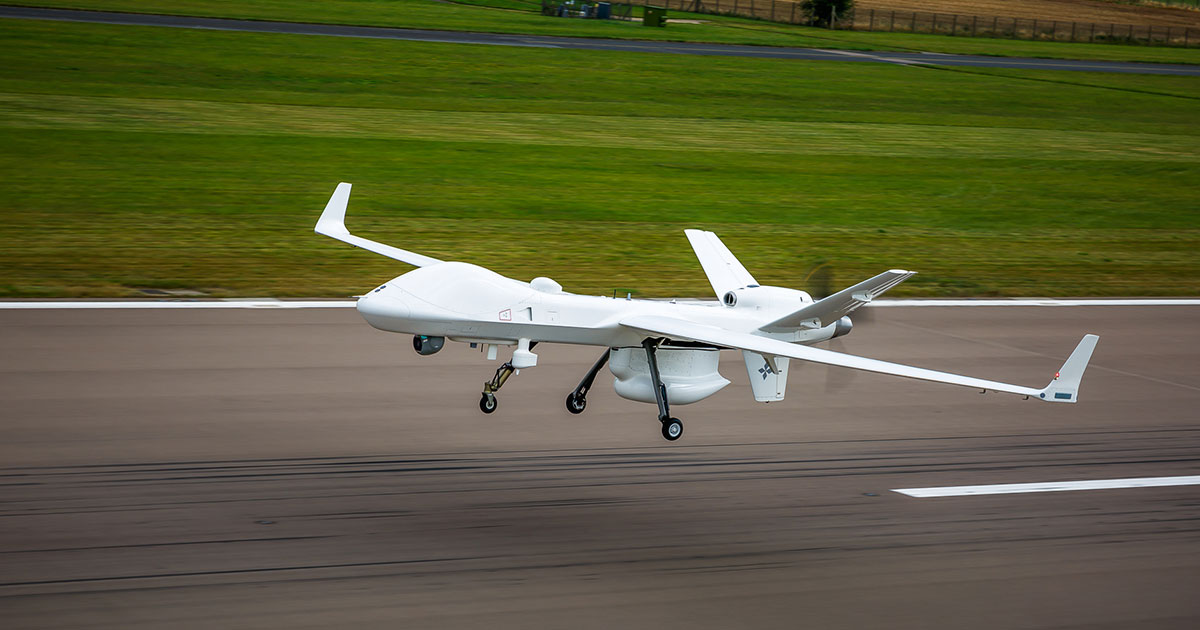
SeaGuardian is a huge cost saver as well. This advanced aircraft can provide roughly 80 percent of the capability of a large human-flown maritime patrol aircraft at about 14 percent of its cost per hour. That makes it much more economical for navies to send out SeaGuardians to clear big volumes of air or sea and then, if anything of interest is discovered, vector in a human-crewed aircraft, saving time, cost, and wear that might otherwise have been expended.
MQ-9B SeaGuardian is the ideal complement to manned aircraft and costs 86% less to operate per hour…
SeaGuardian
± $5,000/Hour
Manned Maritime Patrol Aircraft
± $35,000/Hour
More time on station for a higher probability of detection (Pd)
± 25 Hours
± 10 Hours
Burns 90% less fuel than similarly configured manned ISR aircraft and requires 50% fewer people to operate
± 200 lb/Hour
± 5,000 lb/Hour
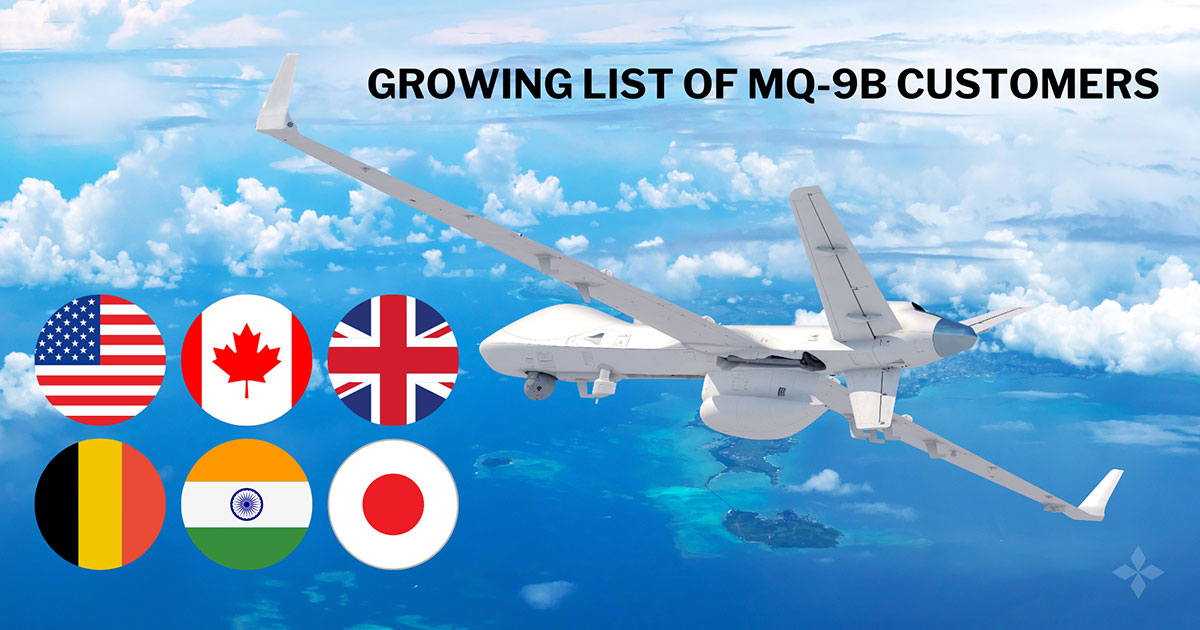
ga-asi Apr 8, 2024
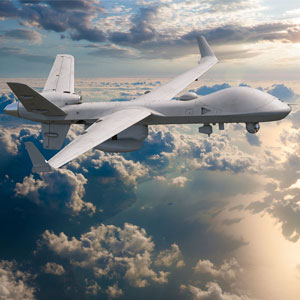
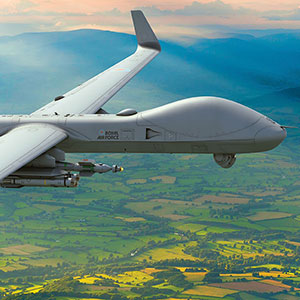
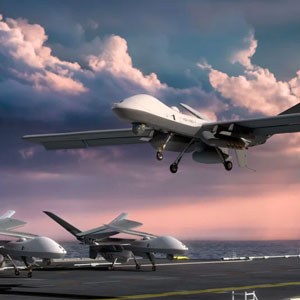
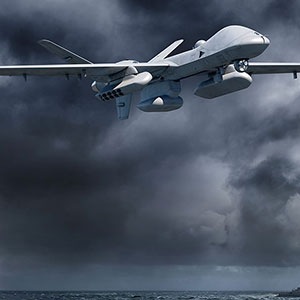
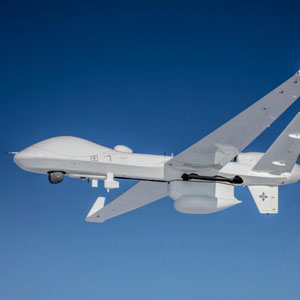
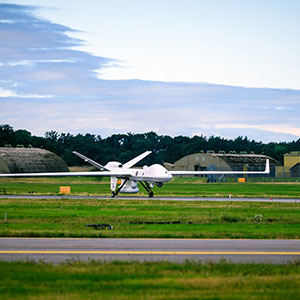
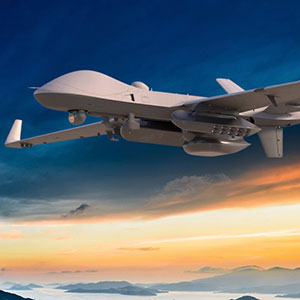
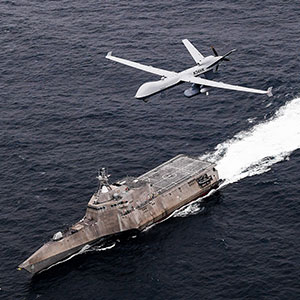
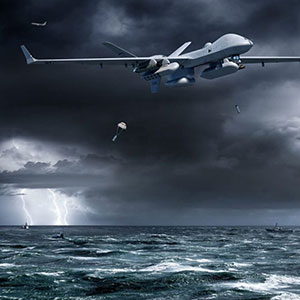
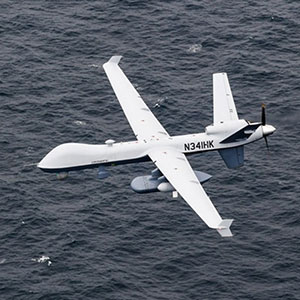
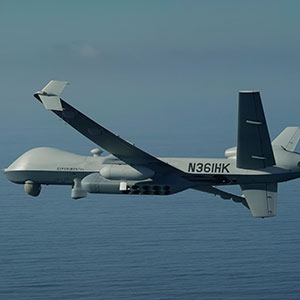
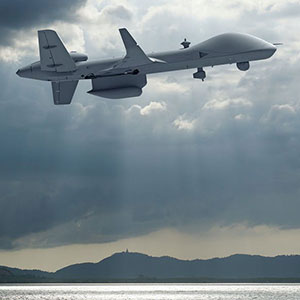
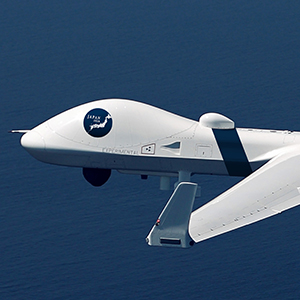
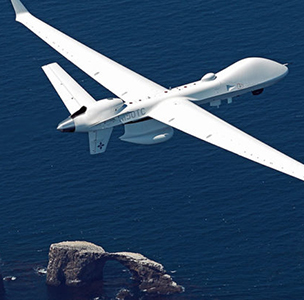
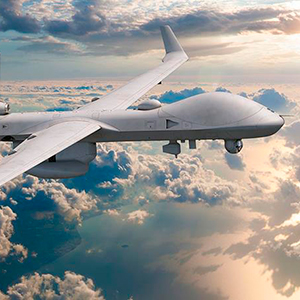
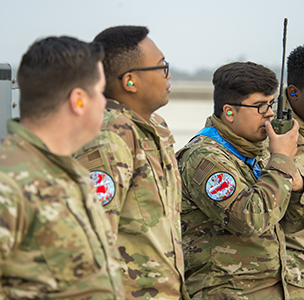
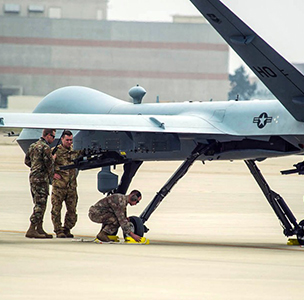
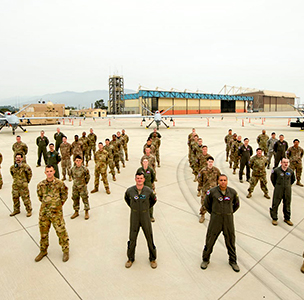
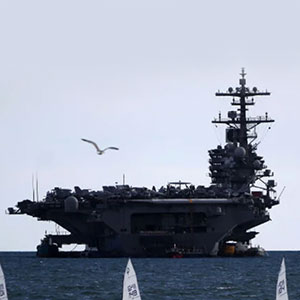
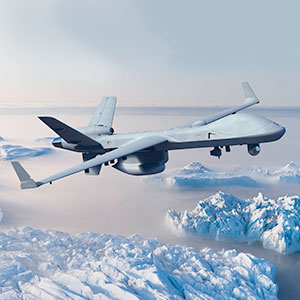
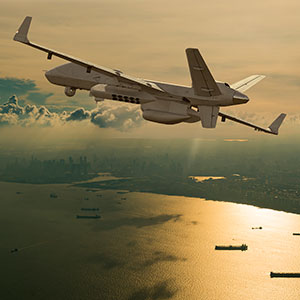


No comments:
Post a Comment